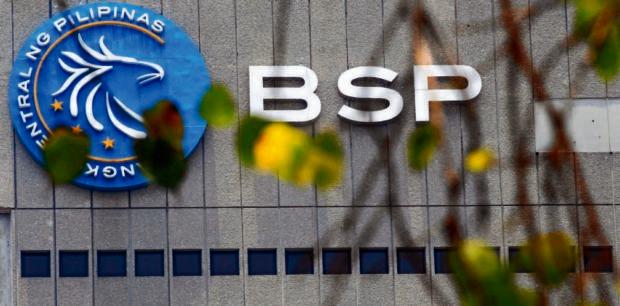Foreign banks can play a major role in the Philippines economic recovery from the coronavirus pandemic by bringing their resources to bear to fund big-ticket infrastructure projects and by undertaking so-called green finance activities.
At the same time, these international financial institutions can also boost inclusion in the country with a number of them interested in establishing local digital operations either by acquiring new licenses or converting their existing traditional banking licenses.
Thus said Bangko Sentral ng Pilipinas (BSP) Governor Benjamin Diokno who noted in an online briefing that foreign banks in the Philippines “remain on solid footing amid the health crisis as these financial institutions remain well-capitalized and continue to grow.”
“The BSP recognizes the steady growth of foreign banks and their ability to contribute to the country’s road to recovery,” he said. “Given their global market expertise, foreign banks can facilitate underwriting of green, social or sustainability bonds or finance infrastructure projects in key sectors such as renewable energy and low carbon transport.”
On solid footing
According to the central bank chief, the capital adequacy ratio of foreign banks stood at 27.5 percent at end-March this year, well-above the regulator’s threshold and the international standard.
Moreover, the assets, loans and deposits of foreign banks at end-April this year represented a 32- percent, 23.4-percent, and 43.4- percent increase, respectively, from figures in 2014, the year during which Republic Act No. 10641 further liberalized the entry of foreign banks.
There are now 29 foreign banks operating in the Philippines accounting for P1.4 trillion in assets equivalent to 7 percent of the Philippine banking system.
Twelve of these are included in the 2020 list of so-called Global Systemically Important Banks. By home country, most of the foreign bank branches and subsidiaries are from Asia, particularly from Taiwan and South Korea.
Digital banking prospects
The statistics indicate that there is room for foreign bank branches and subsidiaries to expand their balance sheet and operations, Diokno said.
He explained that the presence of foreign banks had likewise enabled sharing of new technology innovations and the transfer of recognized banking practices particularly in the areas of corporate and risk governance as well as business processes.
“The BSP also anticipates more foreign investments coming into the country with the implementation of the digital banking framework in December 2020,” Diokno added, noting that the liberalization in the entry of foreign banks had fostered a competitive banking environment resulting in increased access by the banking public to a wider array of financial products and services at more competitive rates. INQ
